
Do you have a question about the Panasonic WV-SW458 and is the answer not in the manual?
| Brand | Panasonic |
|---|---|
| Model | WV-SW458 |
| Category | Security Camera |
| Language | English |
Manual covers WV-SW450 and WV-SF430 series cameras, providing an overview of user manuals.
Explains notations used in the manual and lists registered trademarks and their owners.
Lists abbreviations used throughout the operating instructions manual.
Crucial information on automatic installation, wizard prompts, and PC restarts.
Details steps to access and view live images from a single camera via web browser.
Lists image types and mounting positions based on image capture mode settings.
Explains the various buttons and controls on the "Live" page interface.
Explains registering cameras for multi-screen display and its limitations.
Details connecting to the camera via a cellular phone to monitor JPEG images.
Explains interface controls for pan/tilt, zoom, and resolution on mobile terminals.
Explains how to record images on the SD memory card directly from the "Live" page.
Covers transmitting alarm images and periodic image transmissions to an FTP server.
Explains how to display various log lists such as Alarm, Manual/Schedule, and FTP error logs.
Explains accessing images from the log list and downloading H.264 video data.
Covers security functions like host/user authentication, HTTP port changes, and HTTPS encryption.
Explains how to display the setup menu and understand its various tabs.
Details enabling SD card use, selecting recording format (JPEG/H.264), and related important notes.
Covers settings for JPEG and H.264 image capture modes, including important notes.
Explains self-return options and configuring preset positions for camera views.
Covers settings for image adjustment, preset positions, privacy zones, and VIQS.
Explains different audio modes like Off, Mic input, Audio output, Interactive (Half/Full-duplex).
Explains registering cameras for multi-screen display, allowing up to 16 cameras.
Details settings for alarm actions based on terminal inputs and alarm output terminals.
Configures email notifications for alarms and diagnostic events, including alarm image attachments.
Configures XML notification to send face detection information to a server.
Covers enabling user authentication, selecting methods, and managing user access levels.
Explains enabling priority stream and selecting stream types (JPEG, H.264) for network access.
Covers configuring SMTP/POP server addresses, ports, and authentication for sending alarm emails.
Details required information for network settings: IP address, subnet mask, gateway, HTTP port, DNS.
Covers generating CRT keys, self-signed certificates, CSRs, and installing CA certificates.
Explains HTTPS settings, CRT key generation, and certificate management workflow.
Explains configuring DDNS settings to access the camera via the Internet using services like Viewnetcam.com.
Covers configuring SNMP community name, system name, location, and contact information.
Guides on setting schedules for FTP periodic image transmission by selecting days and times.
Explains configuring schedules for alarm, VMD, access, and H.264 recording permissions.
Explains checking system logs, firmware upgrades, status checks, and default resets.
Explains how to reset settings, load default HTML files, and reboot the camera.
Lists functions that become unavailable when VGA Quad streams is selected as the image capture mode.
Introduces the CD launcher and lists actions like installing IP Setting Software, manuals, and Viewer software.
Explains how to configure camera network settings using the Panasonic IP Setting Software.
Lists error indications related to SMTP, such as POP3 and SMTP server authentication errors.
Lists error indications for FTP, Viewnetcam.com server, and Dynamic DNS Update services.
Addresses issues like LAN cable connection, link indicators, IP address validity, and firewall settings for web access.
Covers problems accessing from cellular/mobile phones and cookie errors during Viewnetcam.com registration.
Covers issues like old images, non-refreshing images, dark images, washed-out images, and screen flicker.
Illustrates the directory structure for files saved on the SD memory card, organized by type.
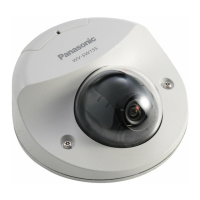
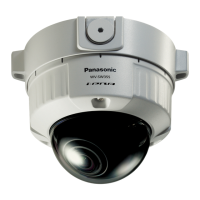
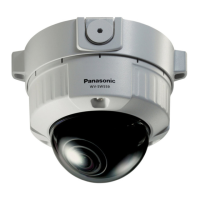
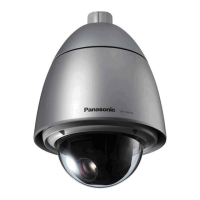
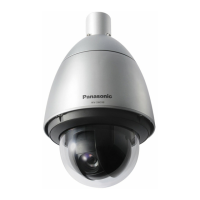
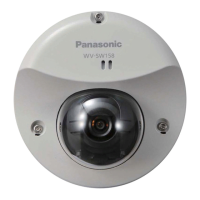
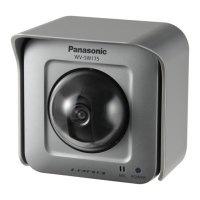
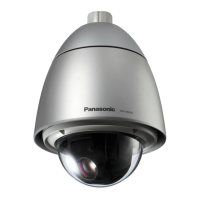

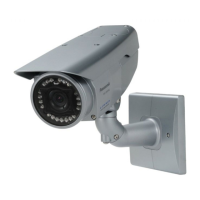
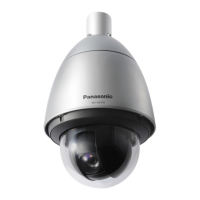
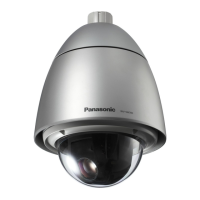
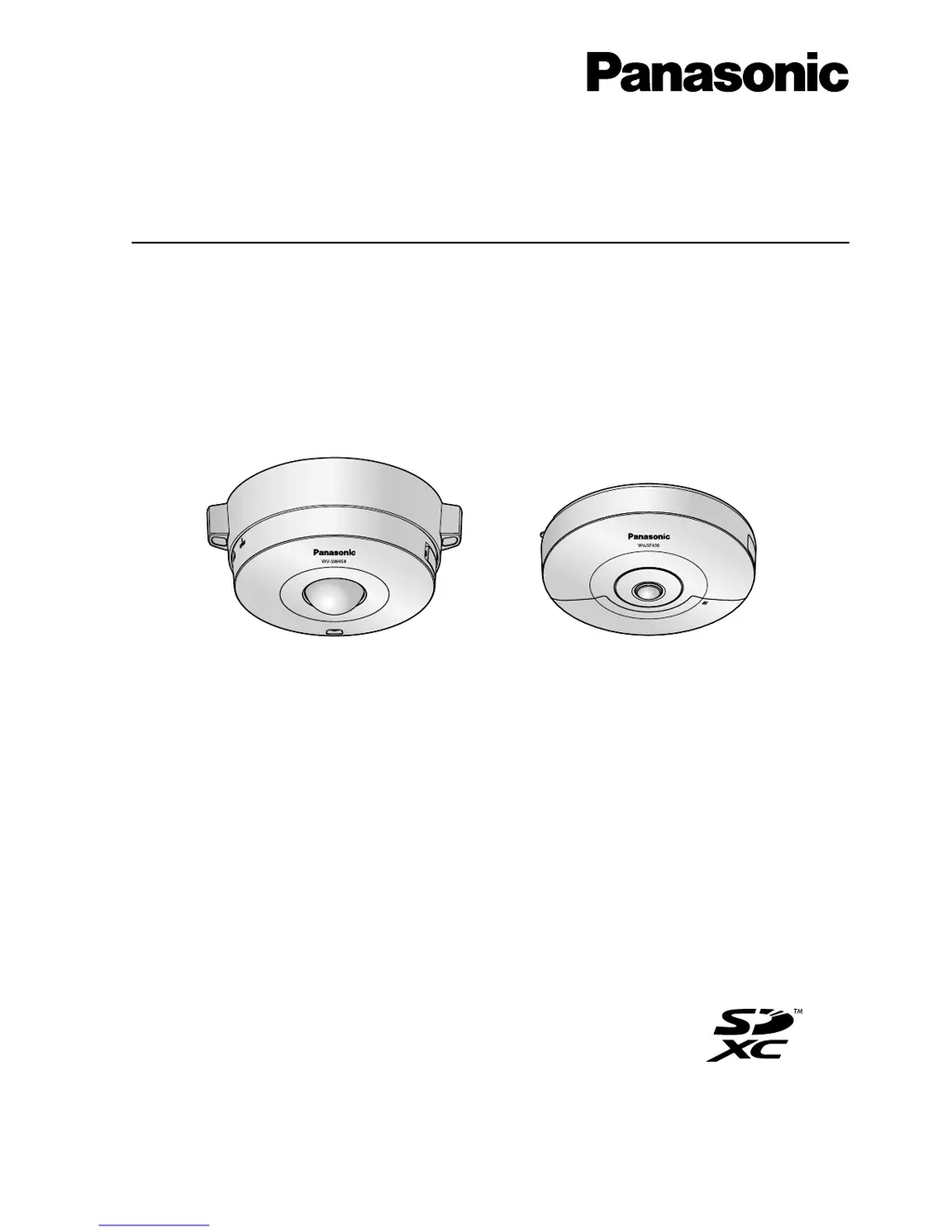